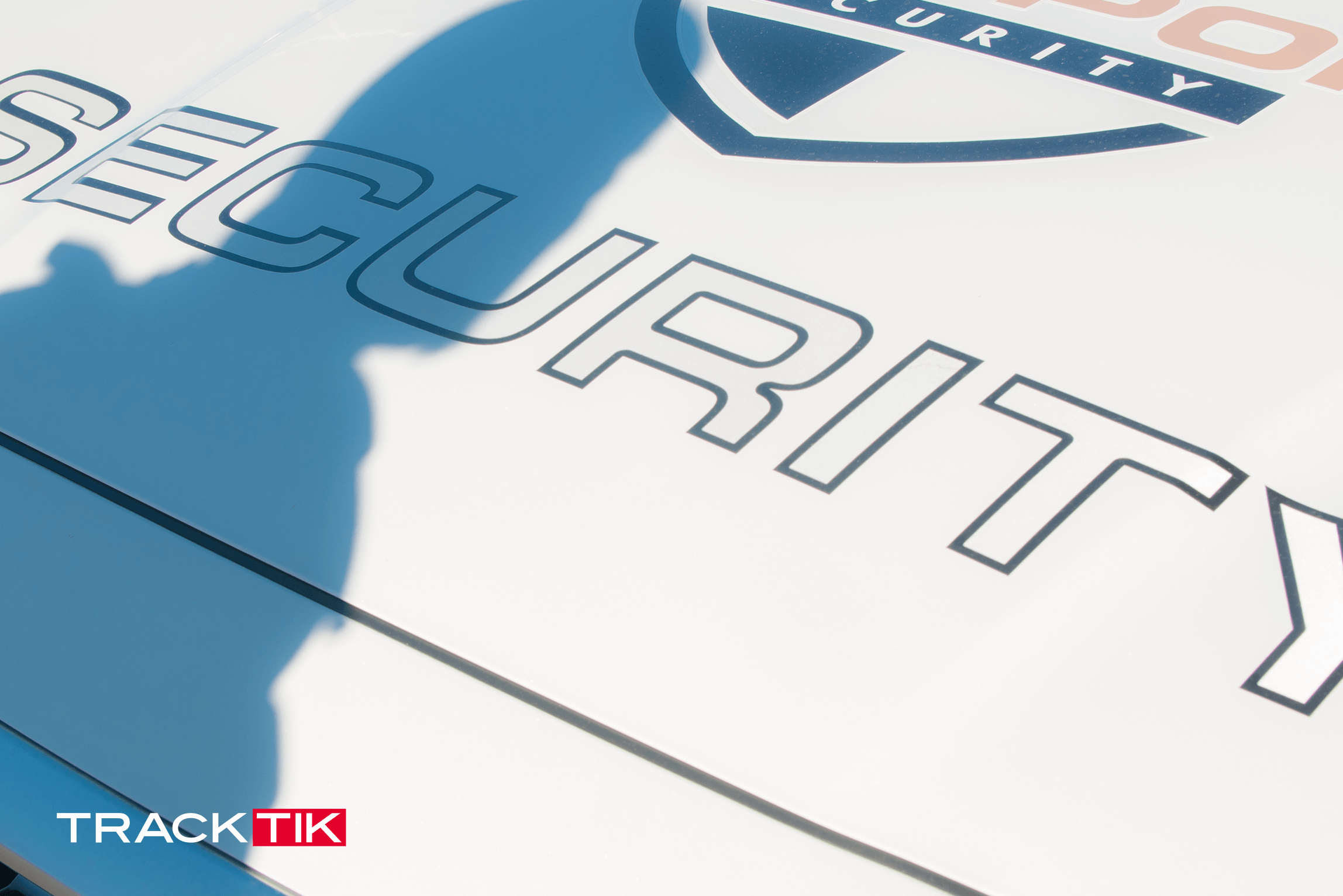Mobile security patrols are an increasingly popular and effective way of securing business premises by offering the advantages of having a physical and responsive presence, unlike that of a security camera or alarm. Patrolling officers in uniforms or marked cars can be recognised from a distance. This helps people visually recognise and understand that security is present and acts as a warning to anyone considering committing a crime. The hands-on approach of having someone dedicated to the safety and security of an area can be regarded as a disincentive for criminal activity.
Mobile patrols act as a visual deterrent, and companies that adopt mobile patrols as part of their overall security programme report seeing a decrease in criminal activity just by being there. If you are considering hiring a mobile security patrol for your business, be sure to choose a security services company that equips their mobile patrols with the latest security software technology for real-time situational awareness. Patrols can scan checkpoints and submit incident reports with pictures and video directly from their smartphones, while in the back office, security managers can create and assign post orders, dispatch patrol officers to your premises, and track their movements via GPS, providing companies with accountability and reliability.
The Future of Mobile Patrols
Technology doesn’t stand still, though. Advances in sensors, security cameras, and robotics, to name a few, are moving at a rapid pace, and improved security equipment has increased its use in protecting facilities, communities, and people. Sensors are increasingly equipped with high-resolution cameras and built-in artificial intelligence (AI), so they are no longer triggered solely by motion. Sensors can be programmed to recognise faces and licence plates, capture the images and sound an alert if warranted. Video surveillance cameras and robots are also embedded with AI software programmed to patrol routes, learn their surroundings, spot threats of unauthorised entry from people or vehicles, and issue alerts.
Some forward-thinking security firms supplying mobile patrol services are already installing dual-facing AI dashcams on patrol vehicles to ensure security officer and client safety. Using facial recognition software, the dashcams can monitor driving habits, officer fatigue, distracted officers, and more.
Smartphones equipped with security apps are being increasingly used by patrol officers to communicate via NFC technology that tracks their movement and transmits videos and photos in real-time. NFC (Near Field Communication) is an evolution of RFID technology and enables secure wireless connectivity between two devices to exchange data. NFC tags are tiny integrated chips connected to an antenna. The chips have a unique ID and can interact with an NFC reader or scanner, like an NFC-enabled smartphone. You can write information on the available memory of an NFC tag by simply tapping the tag with your smartphone.
Cameras, sensors, and video surveillance systems
Cameras, video surveillance, and sensors are more sophisticated today than ever before. Security cameras can record footage in high resolution and remotely controlled by smartphones and other devices. Some security firms are already mounting 360° rooftop cameras on patrol vehicles to ensure complete visibility of surroundings. The cameras are also capable of recording footage during the day or night so officers can keep track of all incidents that occur during patrols.
Sensors not only detect motion but can also identify audio sounds, humidity changes, and more. Installing motion sensors on windows and doors can trigger camera recordings to identify whether the image captured is known or unknown. Beyond capturing only images, video surveillance systems can read and analyse data, such as vehicle licence plates, and map the movement of individuals and vehicles, and the security patrol.
Security Robots as Mobile Surveillance Devices
The introduction of artificial intelligence (AI) and robotics in the security industry is one example of how automation can help security organisations strengthen their operations. Security robots are slowly becoming a common sight in supermarkets, healthcare facilities, casinos, and public spaces. However, there are still some limitations that ensure that humans will still be relevant for the foreseeable future. For example, in situations where instinct and compassion may be required, or in hazardous situations, a robot may fail to react appropriately, whereas a security guard would not.
Robots aren’t physically capable of apprehending criminals, running down criminals or using stairs. So while humans may be less involved in some day-to-day patrolling in the future, their involvement becomes more critical.
As robot monitoring technologies develop and become more affordable for businesses that need to increase or supplement their security systems, we can expect to see robot patrols deployed more frequently, especially in locations where security can be challenging due to logistics or cost reasons. Utility plants, for example, are often located in remote locations that require round-the-clock protection. There are also other clients with ever-changing security and surveillance needs, and robots can provide perimeter intrusion detection.
Today, mobile security patrols remain a good choice for business owners who own multiple buildings, or large premises, as mobile patrols can cover a wider area faster and more efficiently than traditional static security guards. Patrol officers offer peace of mind to employees, especially for businesses that operate a 24/7 shift. Patrols also ensure employees that they are working in a safe and secure environment.
Security firms who operate mobile security patrols can take advantage of the latest advancements in security technology to help mobile patrols identify suspicious behaviour and address it in real-time, protecting properties and premises from would-be vandals, intruders, and other potential risks.
This article originally appeared in the Winter issue of City Security magazine.
About TrackTik
TrackTik was founded in 2013 and quickly established itself as a market leader with the mission to build better software so its clients can run smarter businesses. TrackTik’s cloud-based technology enables security organizations to connect frontline staff, back office management, and their clients to drive improved operational efficiency and data insights. TrackTik helps security professionals make automated, data-driven decisions with its seamless approach to system connectivity. Headquartered in Montreal, Canada, with offices in the United Kingdom and the Netherlands, TrackTik offers four integrated suites of tools – Security Operations for Guarding, Back Office Management, Mobile Patrol and Dispatch, and Business Intelligence & Reporting Analytics, to help security service companies follow the progression of guards, reduce manual tasks, lower costs, and demonstrate value.


